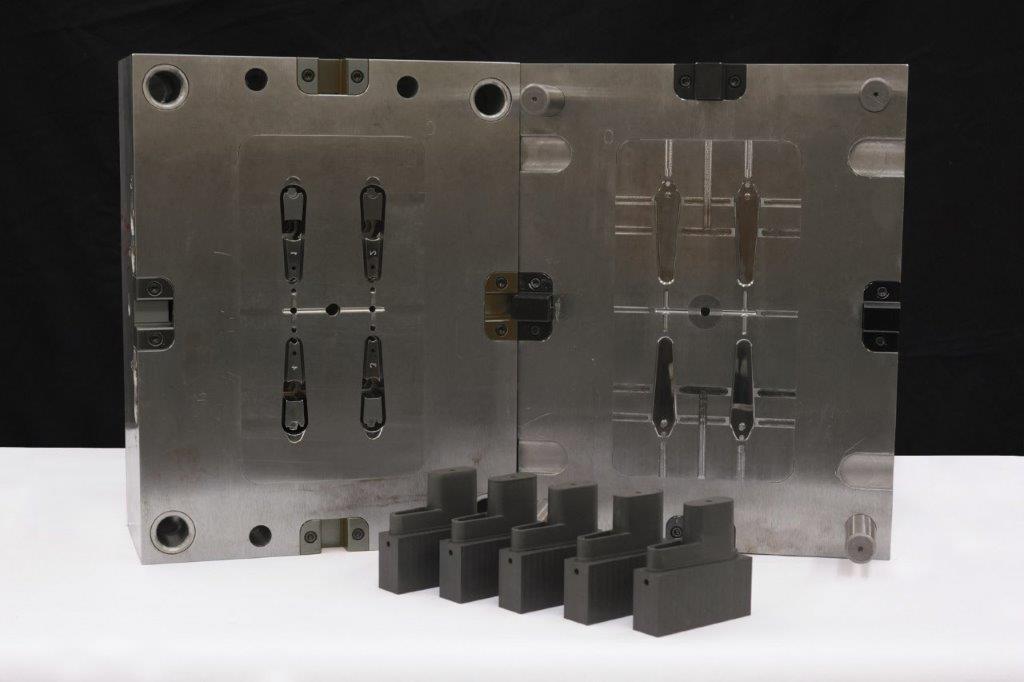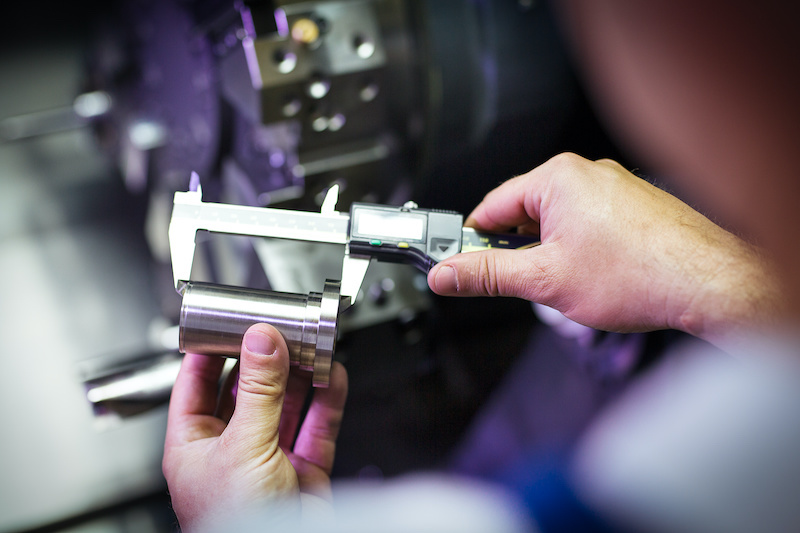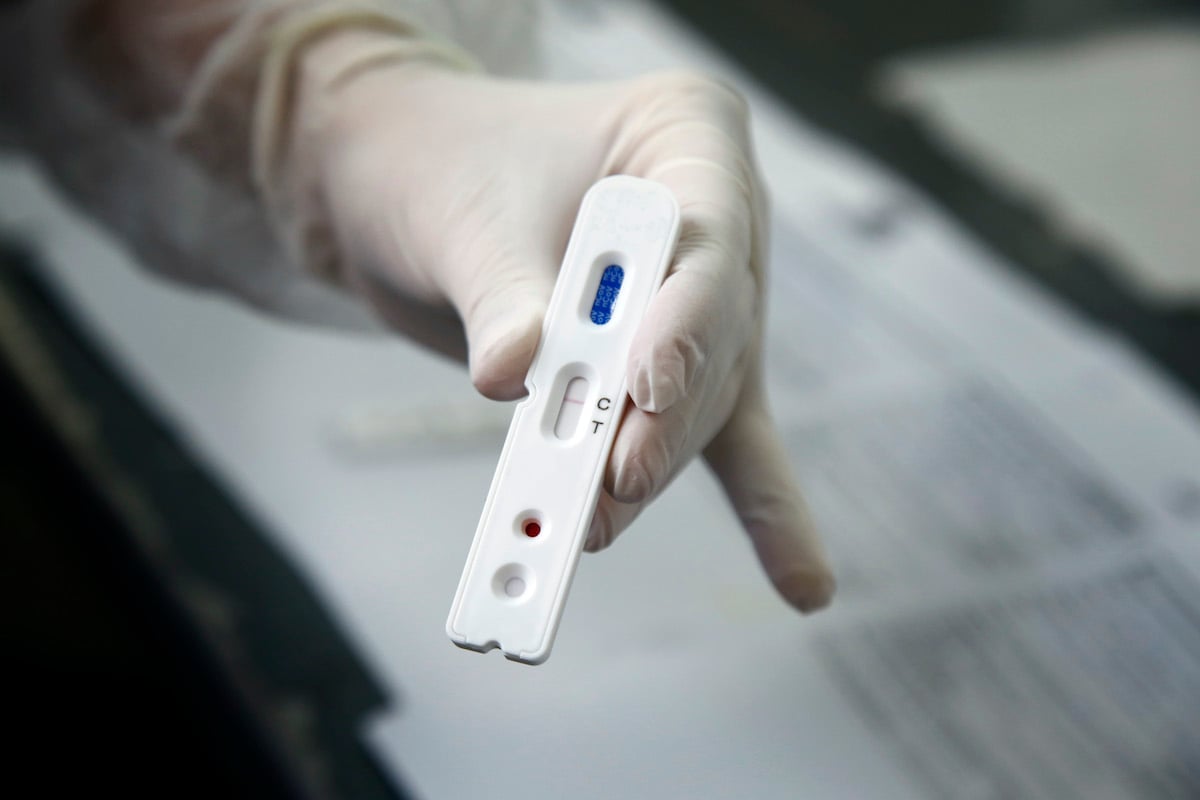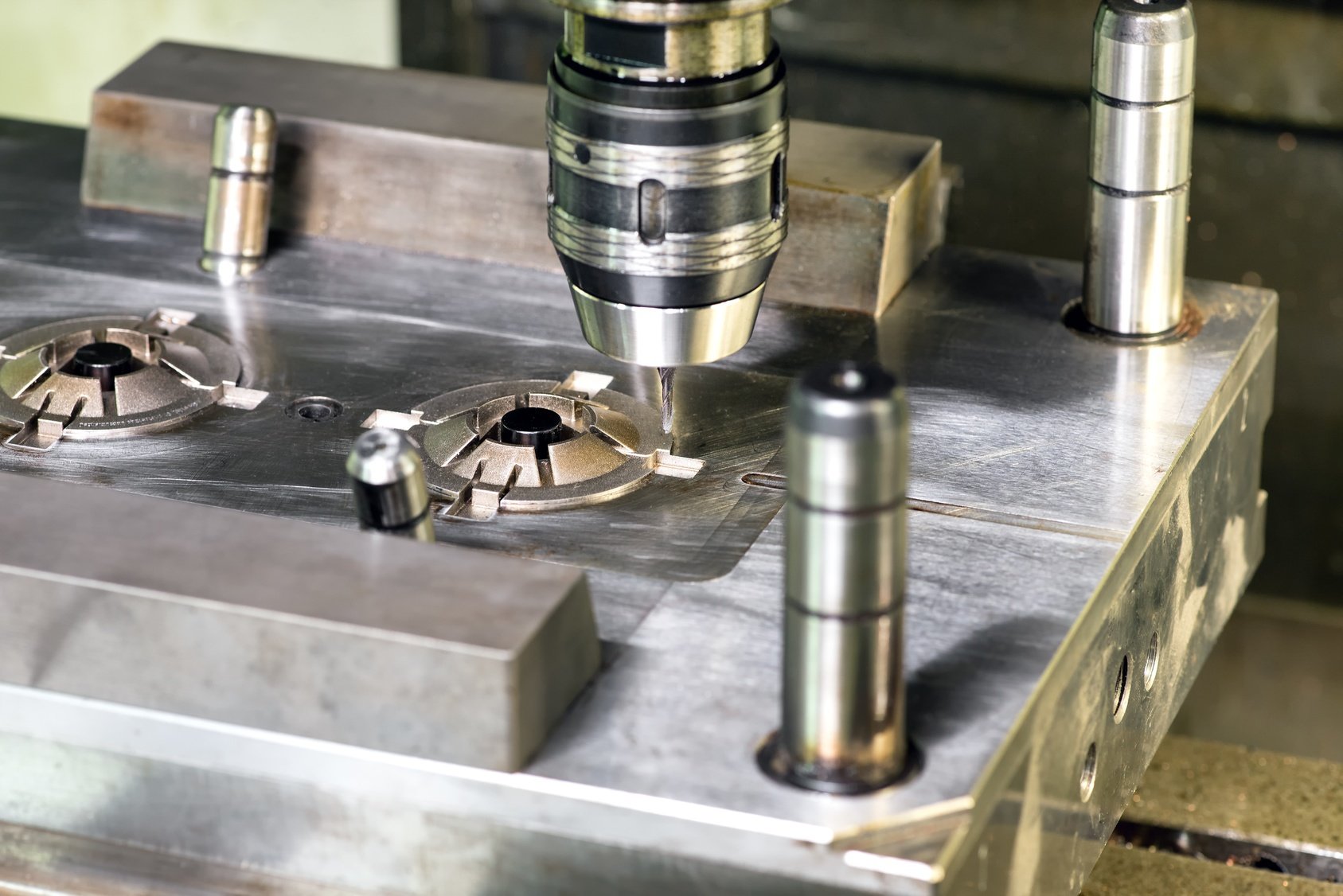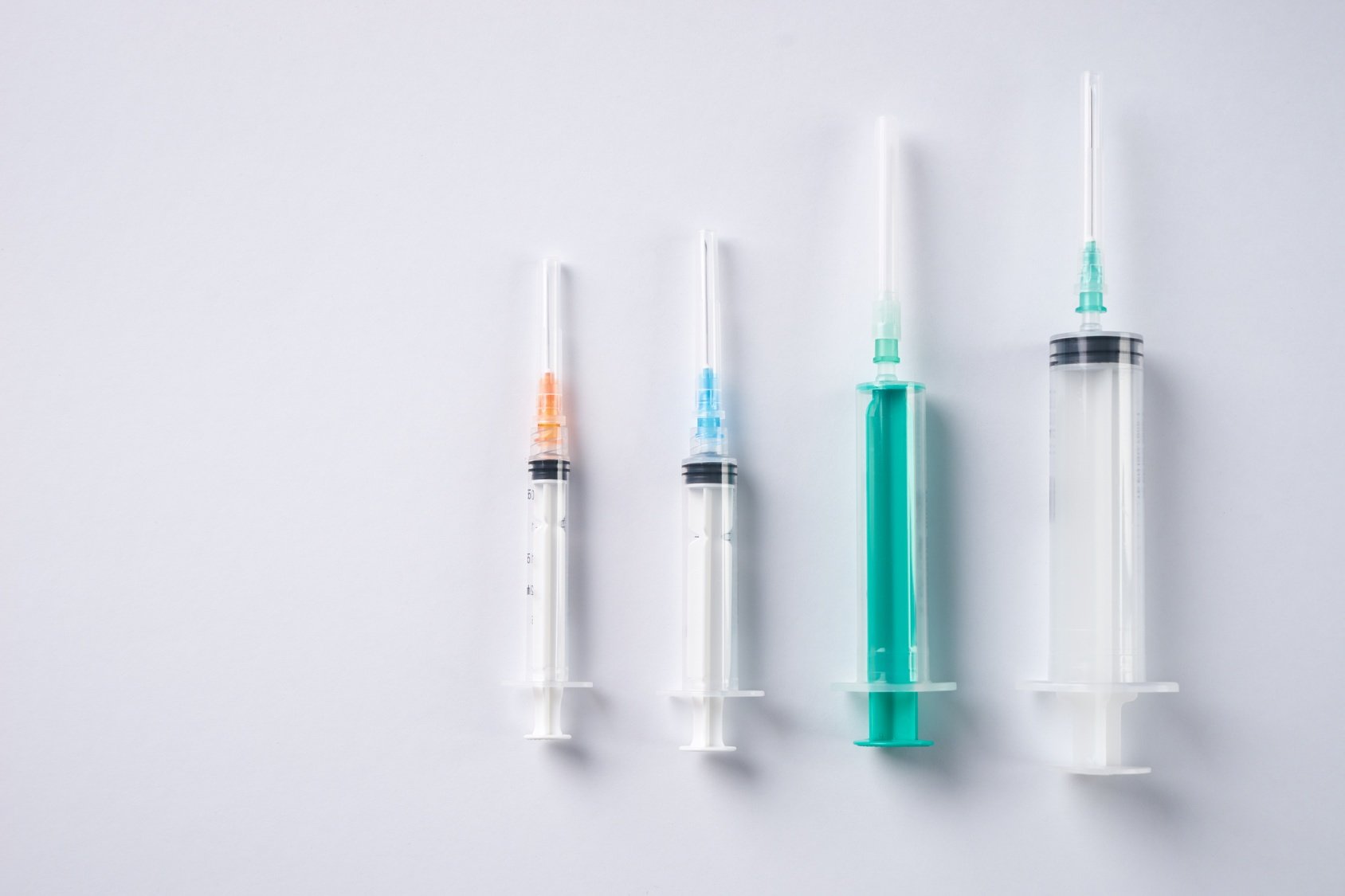Micron Products is expanding and changing its name to Micron Solutions to reflect an enhanced scope of services, including turnkey, complex assembly.
How to Know When Automated Manufacturing Is Right For You
Industrial technology has progressed at a breakneck pace recently, and the application of robotic technology and automation is a fundamental tool in modern manufacturing. According to the Boston Consulting Group, “combining advanced robotics with other technologies, process enhancements, and structural layout changes [in a manufacturing environment] can yield savings of up to 40%,” which presents considerable potential for manufacturing companies seeking to leverage the expertise of a skilled contract manufacturing partner.
Tooling and Mold-Making at Micron
Mold making has a long history and it is no exception at Micron where we have mold makers with 35 to 45 years of experience under their belts. Our goal is to make quality, well-built molds for various industries and, with our experienced mold makers, we can achieve that.
The key to producing a high-quality mold is precise tolerances, maximum production performance and quality mold design. We are able to create these quality molds with the support of advanced machining equipment, a good quality team and the support of a qualified engineering department.
What Is Quality, Really?
There are almost as many definitions for Quality as there are quality practitioners. Some common ones include:
- Conforming to a quality standard
- Meeting customer specifications
- The standard of something as measured against other things of a similar kind
- Suitability for intended use
But what is Quality, really?
Why Leading Innovators of COVID-19 Home Testing Are Choosing Micron
The first half of 2020 has been, for many, a grueling gauntlet of disruptions to normal work and social behaviors. With the weather warming, people are demanding a quick and clear pathway to reopening schools, businesses, and social activities in a safe, reasonable manner. Public health officials have outlined several steps that must occur to safely resume normal activity, but one of the most prominent requirements consistently emphasized has been the need for widely-available, accurate, easy-to-use home testing for COVID-19. Calling upon years of experience manufacturing various components and consumables for medical testing kits, Micron is now working with some of the medical manufacturers leading the way for COVID-19 testing to become widely available in simple, single-use home test kits.
COVID-19 Notice
The world community faces unprecedented challenges in response to COVID-19, including increasing demand for essential medical devices throughout a period of global supply chain disruption.
Micron attends MEDICA Trade Fair in Dusseldorf Germany
11 Questions To Ask Before Picking A Plastic Mold Manufacturing Partner
When you’re getting ready to begin the injection molding process, the first choice you make—and one of the most crucial decisions—is which plastic mold manufacturing partner you’ll select. The partner you choose should, of course, deliver on all your mold requirements—but they should also prototype your part, help you with part design adjustments, warranty their work, and much more. And most importantly, the right partner will ensure you don’t end up with a useless mold that doesn’t produce quality parts—or, as we like to call a faulty mold—a boat anchor.
Precision Molding: Three Questions That Could Save You Money
If you need a plastic part molded with extreme precision—for example, to ensure there’s no air leak between two molded sections or to be certain there’s no visible seal gap line—you likely require precision molding. The difference between a typical injection molded part and a precision molded part is the tolerance, or acceptable range of variation in dimension: While the majority of injection molded parts have a tolerance of +/- .005″, precision molding holds tolerances between +/- .002″ and +/- .001″ (or less, in some cases).
Manufacturing Single-Use Products: 7 Things To Keep In Mind
A single-use product is meant to be used or applied once and then discarded. The term “single-use” is sometimes intended to mean “disposable,” though this isn’t always the case. A bullet and a booster rocket, for example, are both single-use products—but most people wouldn’t refer to them as a disposable. But many medical products, like tongue depressors and test vials, are perfect examples of single-use, disposable products.




